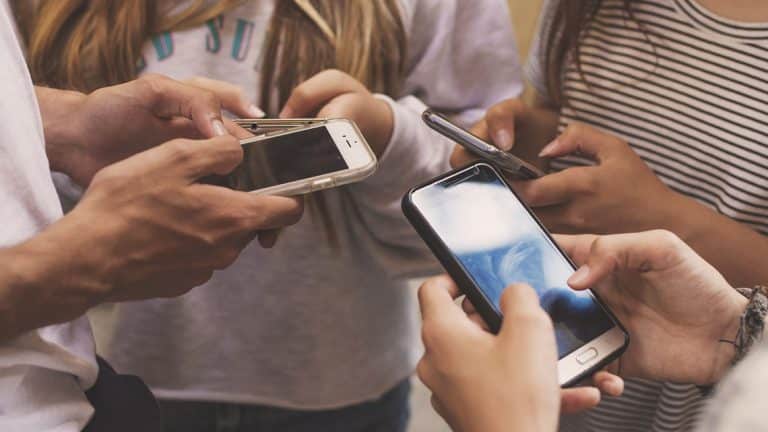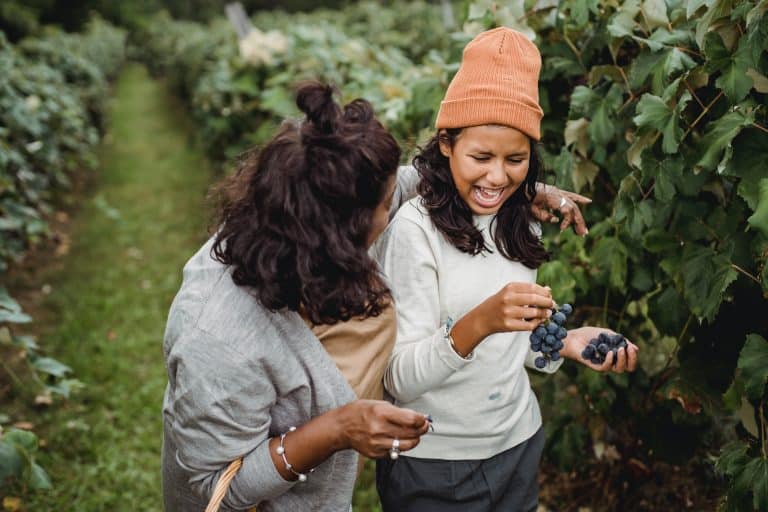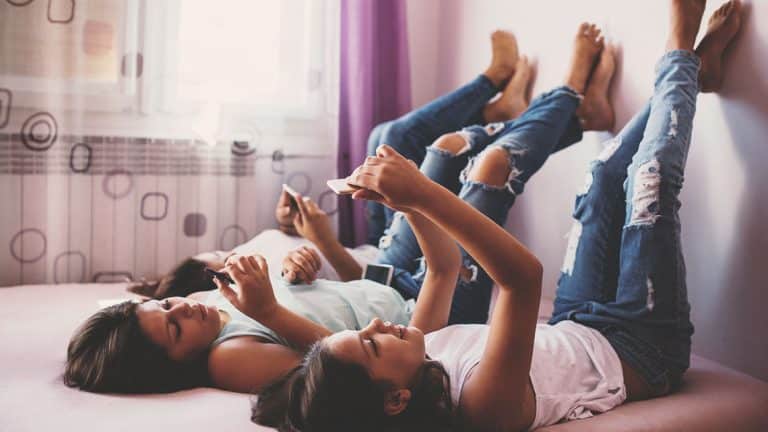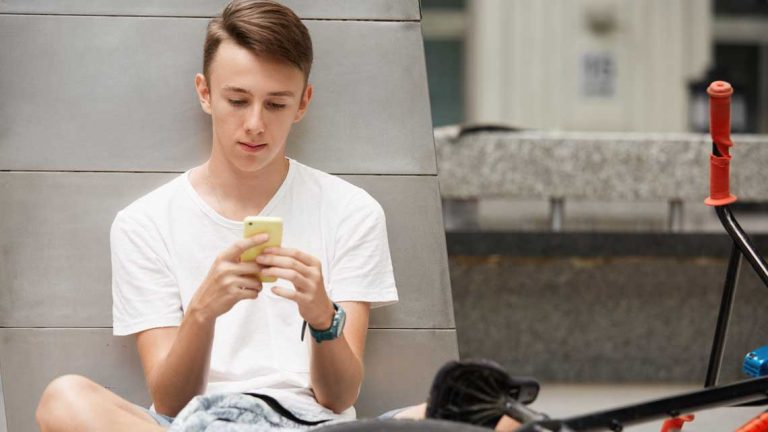Read Ngā taiohi matihiko o Aotearoa
Our second report from Netsafe’s latest research, Ngā taiohi matihiko o Aotearoa – New Zealand Kids Online, is now available. The report from our Global Kids Online study uncovers important insights about New Zealand’s children’s experiences (aged between nine to 17) of online risks and their perceptions of harm. It provides details about a variety of…

Our second report from Netsafe’s latest research, Ngā taiohi matihiko o Aotearoa – New Zealand Kids Online, is now available. The report from our Global Kids Online study uncovers important insights about New Zealand’s children’s experiences (aged between nine to 17) of online risks and their perceptions of harm.
It provides details about a variety of topics including the online interactions kids are having with people they don’t know and how frequently they are exposed to concerning online material.
Research summary
A total of 2,061 New Zealand children aged 9-17 years of age participated in this research. The research sample is representative of the population of New Zealand children.
Key findings
- Nearly four in 10 New Zealand kids have had contact online with someone they didn’t know, and one in 10 have met someone they first knew online.
- Older kids were more likely to have had contact online with someone they have not met in person rather than young children. Only 23 percent of 9 to 11-year olds and 38 percent of 12 to 14-year olds had interacted with someone new online, while 54 percent of 15 to 17-year olds had made contact.
- Some kids met people face-to-face that they first got to know online. Those aged 9-11 were less likely to have met someone (3 percent), the rate increased for 12-14-year olds and was highest among those aged 15-17 years (18 percent).
- Most respondents reported feeling happy (63 percent) after meeting an online contact and 25 percent were ambivalent about the meeting. Interestingly more boys reported having had online contact with someone they didn’t know compared to girls.
- Almost half of teenagers have been exposed to potentially harmful online content – including self-harm and suicide material.
- A quarter of children have been bothered or upset by something that
happened online in the last year. - Of the study’s teenage participants (aged 13-17), 36 percent said while online they had seen violent images and 27 percent viewed hateful content.
- Teenagers are accessing self-harm material (20 percent) and some are even digesting “how-to-suicide guides” (17 percent). Fifteen percent searched information on
“ways to be very thin”. - Participants were questioned about who they turn to for help in the wake of an upsetting online incident. An overwhelming 69 percent chose a parent, 37 percent a friend and 17 percent a sibling. Eleven percent of children elected to speak with no one.
- Of the teenagers who report being exposed to potentially harmful content, 28 percent said they were “fairly” or “very” upset and that number was higher for girls (38 percent) compared to boys (18 percent).
About the report
This report is Netsafe’s second publication as a member of the Global Kids Online network. Netsafe joined the international network dedicated to the study of children’s rights, risks and opportunities with the support of UNICEF NZ in September 2018.
Netsafe’s work as a member of the network reflects a commitment to helping New Zealand kids maximise digital opportunities and prevent the impact of online harm. Our dedicated research team are available to exchange expertise and knowledge. You can contact them at [email protected].
MORE INFORMATION
- Read the first report from Netsafe’s Global Kids Online network research
- Look at more Netsafe research
- Netsafe’s Online Safety Parent Toolkit can better equip adults to talk with their children to have ongoing online safety conversations





